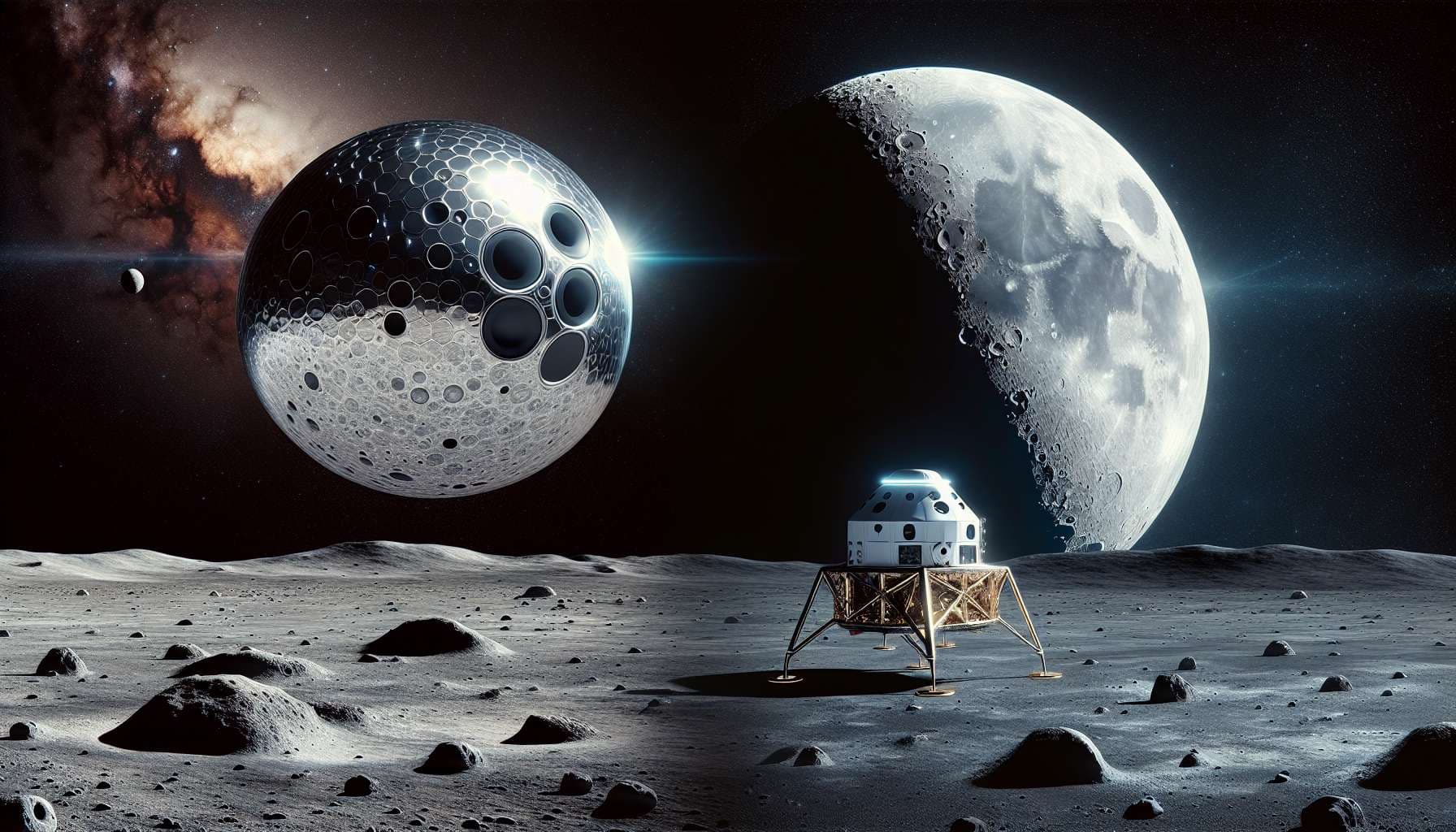
Background Blue Origin plans to land its Blue Moon MK1 cargo lander on the moon in 2025, with a timeline of 12-16 months from early 2024. The mission will use Blue Origin's New Glenn rocket. The Blue Moon MK1 is designed to deliver up to 3 metric tons of cargo.
SpaceX is scheduled to conduct an uncrewed Starship demo landing on the moon in 2025 as part of NASA's timeline. SpaceX's mission is more complex, requiring multiple tanker refuelings in orbit for its Starship HLS.
Resolution Criteria This market resolves YES if Blue Origin successfully lands an uncrewed Blue Moon MK1 lander on the lunar surface before SpaceX successfully lands an uncrewed Starship on the lunar surface. The market resolves NO if SpaceX lands first or if either company announces they are no longer pursuing their respective lunar landing missions.
A "successful landing" means the spacecraft lands intact on the lunar surface and is able to communicate its status back to Earth. Failed landing attempts (crashes) do not count as landings.
Considerations
Both missions depend on untested launch vehicles: New Glenn for Blue Origin and Starship for SpaceX
SpaceX's mission requires successful orbital refueling operations, which have never been demonstrated
Both companies have historically faced delays in their development timelines
Blue Origin's simpler mission architecture (single launch) may reduce technical risks compared to SpaceX's more complex approach
https://spacenews.com/investigation-into-failed-new-glenn-landing-completed/
Blue Origin says its next New Glenn launch will be as soon as late spring after completing an investigation into the failed booster landing on the vehicle’s first flight.
31 March 2025
https://x.com/jeff_foust/status/1912967687531270447
NASA's Aerospace Safety Advisory Panel says in a public meeting this soon that they expect the next New Glenn launch "in the June timeframe."
Even it that is believable (coming from a NASA panel? or is the panel just parroting Blue Origin?), it doesn't say what the payload, if any, will be,